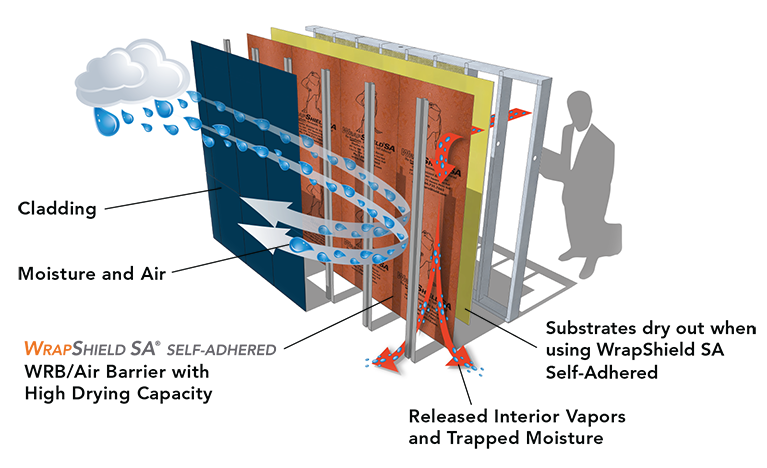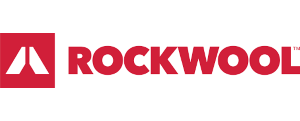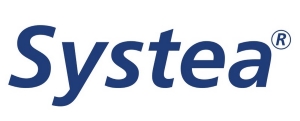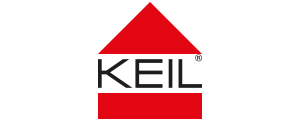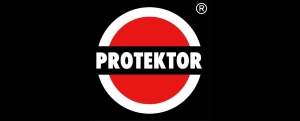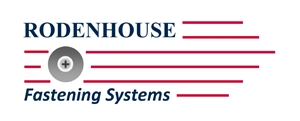
Air Barriers/Water Resistant Barriers
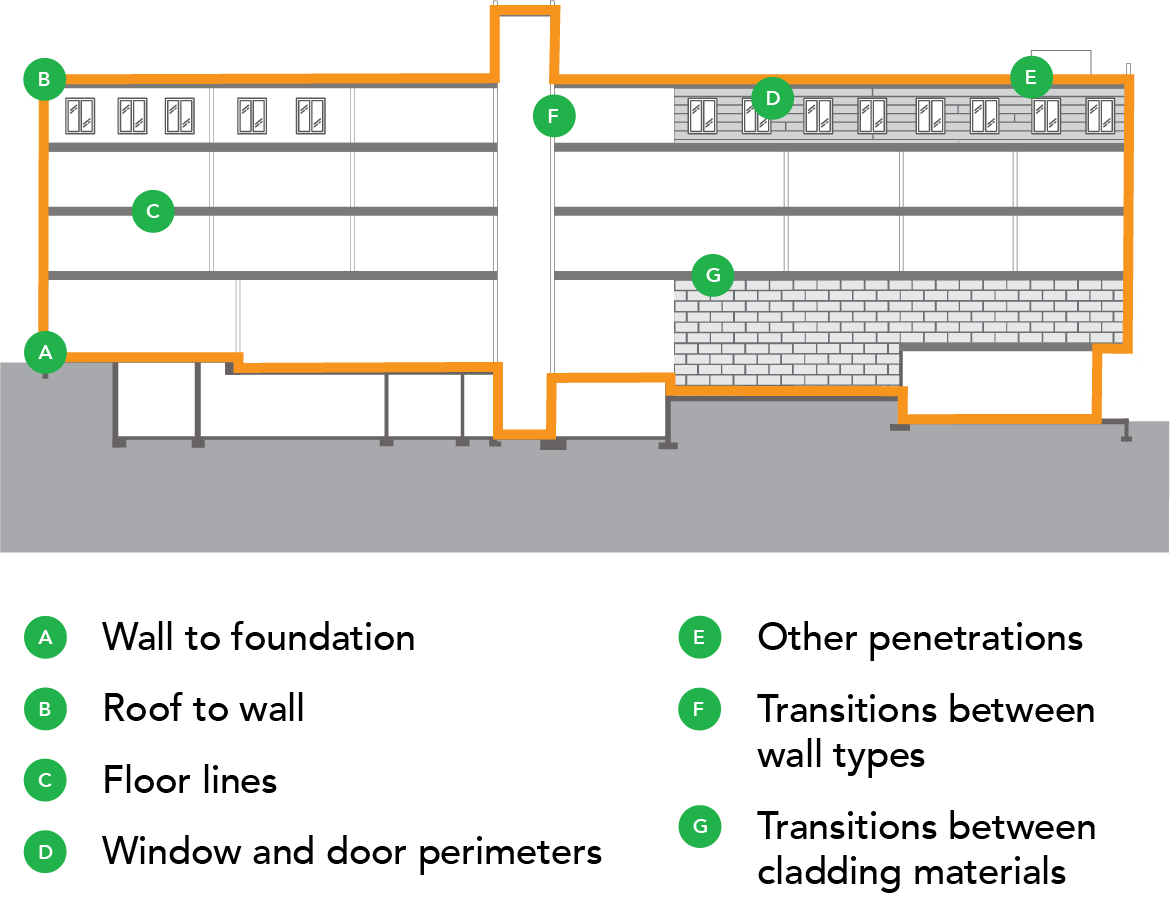
Weather Resistive Barriers vs. Air Barriers
Not all air barriers are vapor barriers and not all vapor barriers are air barriers, however, all weather resistant barrier membranes must resist entry of liquid water (rain/snow) into the wall system by providing a drainage plane.
Air Barrier Functionality
- Air barriers and weather resistive barriers (WRB) are typically combined into a single membrane
- Air barriers are used to reduce air infiltration from outside into the building
- Air Barrier Membranes can reduce building energy losses by up to 40%.
Essentially, weather resistive barriers must resist entry of liquid water (rain or snow) into wall systems by providing a drainage plane.
Mold Damage
The value of a breathable weather resistant barrier is its ability to allow moisture to continue to filter from the interior of a building to the exterior where it dissipates. Trapped moisture can cause wood rot, swelling and distortion of lumber, corrosion of metal and a reduction in insulation thermal value.
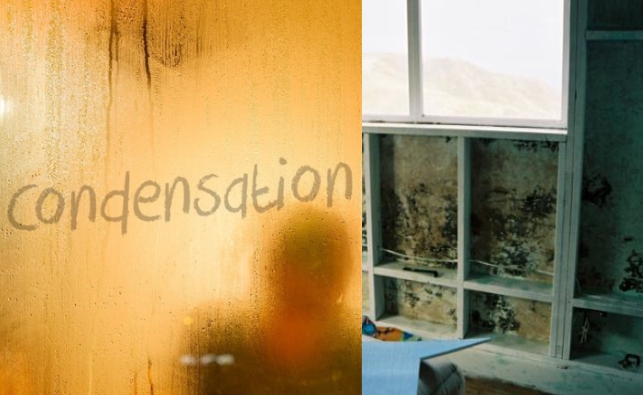
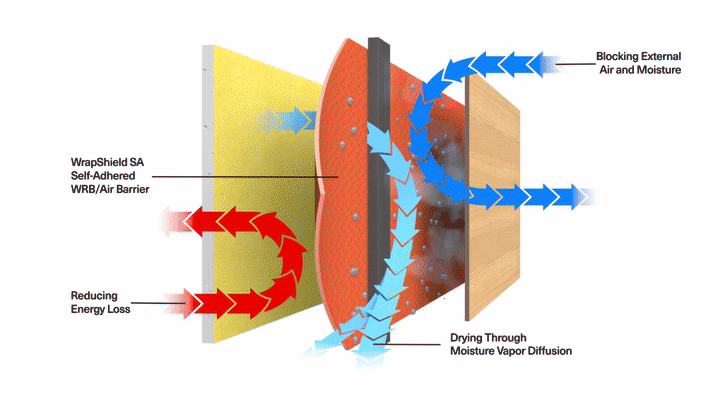
Continual Drying Is Key
Moisture penetration creates a risk of mold, mildew, building deterioration, poor indoor air quality and health and safety risks to occupants increases.
VaproShield’s breathable membranes provide secondary waterproof protection, reducing the risk of condensation and promoting the escape of moisture through the envelope. Because they are breathable, they allow drying during and after construction—reducing the risk of damage.

